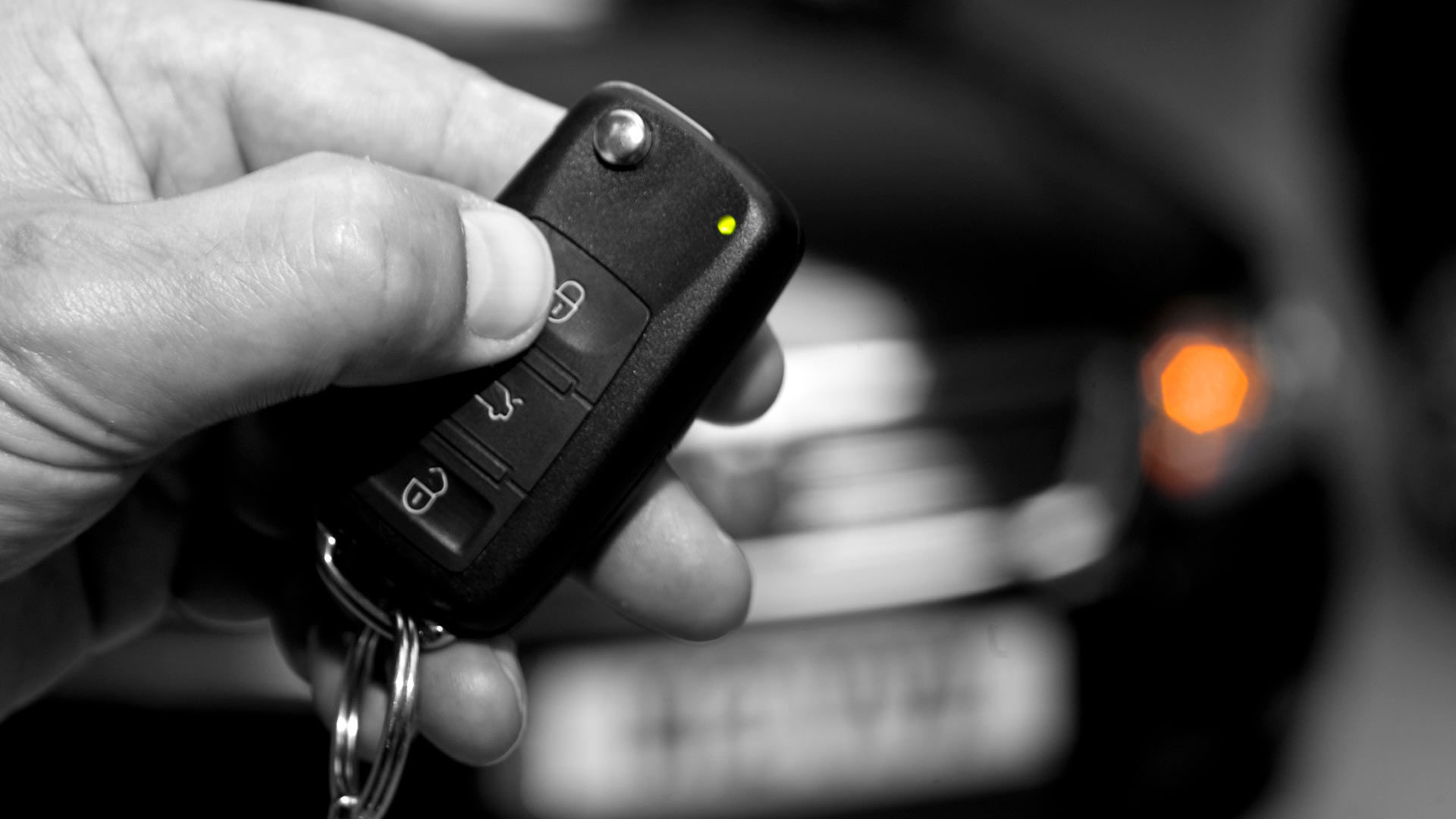
When reading car reviews or advertisements, you may see reference to the vehicle having a Thatcham alarm.
Whether your car has a ‘Thatcham category’ device is also something your insurance company might ask when you renew your policy.
Picking the right option could have affect your car security – and how much you pay for insurance.
What is Thatcham Research?

Established in 1969 as the Motor Insurance Repair Research Centre, Thatcham Research takes on a wide range of automotive testing and certification work.
This includes everything from crash testing to developing car repair methods, plus training new automotive apprentices. However, the organisation came to prominence in the early 1990s following a wave of car crime.
Thatcham Standards for security devices were introduced in 1993. Work continues to evaluate and certify car security products, along with cars themselves.
What is Thatcham Security Certification?
Changes introduced in January 2019 altered the way Thatcham Research tests and approves automotive security devices. This covers six different categories of security equipment.
Passing Thatcham’s testing regime means a security device should keep your vehicle safer from damage or theft.
Thatcham Category 1: alarm and immobiliser

Devices in this category include both an electronic immobiliser and an integrated alarm.
An immobiliser works by preventing the car engine from being started without the key or fob being present. This prevents ‘hot wiring’ of the ignition – a favoured tactic of joyriders in the 1990s.
To meet Thatcham Category 1 certification, an alarm needs a variety of sensors to detect movement or glass being broken. It will also need a backup power supply, and a siren to sound should someone attempt to steal your car.
Thatcham Category 2: electronic immobiliser
Category 2 certification applies to security devices with an immobiliser only. It must limit at least two separate circuits of the car, and must not require the driver to take action to set it.
Since 1998, all new cars have to be sold with an immobiliser as standard.
Thatcham Category 2-1: alarm upgrade

This category applies where an aftermarket alarm system has been added to a car with a Category 2 immobiliser.
A Thatcham-assessed 2-1 electronic alarm can be combined on a vehicle installed with an existing Category 2 immobilisation system to obtain full Category 1 status.
Thatcham Category 4: wheel locking devices

Picture a car sitting on bricks, without its wheels. This is exactly the scenario approved items in Category 4 are designed to prevent.
Locking wheel nuts provide a visual deterrent to thieves, and also make the process of attempting to steal expensive alloy wheels harder.
Thatcham Category S5: driver recognition and tracking
There are two categories of ‘tracker’ devices assessed by Thatcham. These can allow the police to help locate your car should it be stolen, using either GPS or VHF radio technology.
S5 devices require the driver to carry a small tag that automatically identifies them as being allowed to use the vehicle. Starting the car without the tag being present will automatically alert the owner.
Thatcham Category S7: location tracking

This category also covers vehicle trackers, but ones without automatic driver recognition as standard.
These devices tend to be slightly cheaper to buy, and still provide vehicle tracking and location services. However, they will not automatically detect an unauthorised driver taking the vehicle with the keys.
ALSO READ:
Revealed: The best times to buy or sell a car